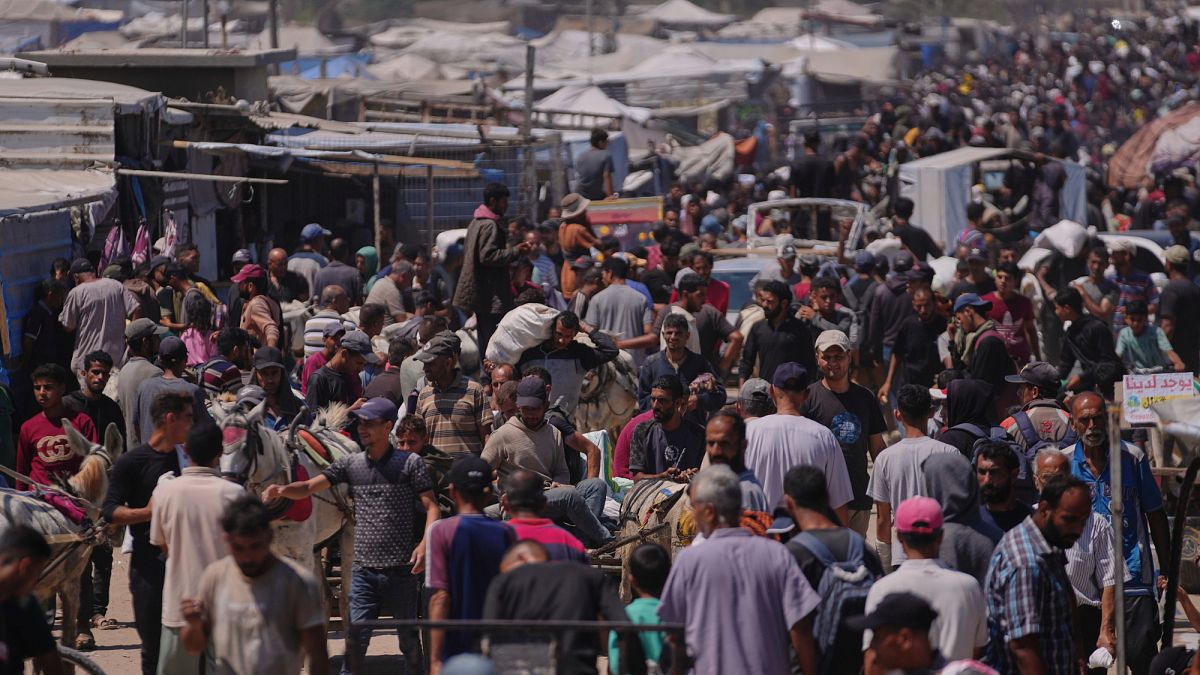

In times of conflict, humanitarian challenges become starkly evident, yet the resilience of affected communities often emerges as a beacon of hope. Recent events in Gaza and Ukraine highlight both the devastating impacts of ongoing conflicts and the unwavering spirit of people amidst adversity.
In Gaza, a recent Israeli airstrike resulted in the tragic loss of at least 18 lives. The incident unfolded as individuals gathered to collect essential food supplies in Deir al-Balah, central Gaza. Such incidents underscore the harsh realities faced by civilians in regions marred by conflict. Numerous attempts to distribute aid have been thwarted in this volatile environment, with violence disrupting efforts to deliver much-needed assistance. Amidst this turmoil, local hospitals grapple with the overwhelming need for medical care, emphasizing the humanitarian crisis that continues to impact the region.
The complexity of the situation is further intensified by reports that the strike targeted Palestinian police distributing flour to civilians. Such strikes are part of a broader pattern of military actions that have significantly affected civilians, complicating efforts by international organizations and local authorities to alleviate the suffering of the people living in the Gaza Strip.
Conversely, in Ukraine, a positive development has emerged on the military front. Ukrainian forces successfully halted Russia’s advance in the northeastern Sumy region. This achievement marks a significant military milestone and demonstrates the strategic resilience of Ukraine’s armed forces. Commanders leading the operation have highlighted the tactical maneuvers employed to repel the aggression, showcasing the determination and fortitude of the Ukrainian forces.
This success in Sumy is emblematic of a broader resistance effort against the ongoing conflict, bringing a semblance of hope to the communities affected. It also serves as a reminder of the intricate balance between military strategy and humanitarian considerations required to navigate the challenges of war effectively.
As these two regions continue to navigate through the intricacies of their respective conflicts, the international community’s response remains pivotal. Global humanitarian organizations persist in their efforts to provide aid, although the routes to deliver assistance are fraught with obstacles. The resilience demonstrated by the people and the frontline responders in both Gaza and Ukraine is a testament to their unwavering courage and commitment to securing a brighter future despite the adversities faced.
The path forward will require a concerted effort from all stakeholders to prioritize humanitarian access and support; ensuring those most affected by these conflicts receive the resources and aid they need remains a paramount concern. This ongoing situation calls for a balanced approach that combines strategic negotiation with immediate humanitarian efforts, seeking not only to mitigate the immediate crisis but foster lasting peace and stability.
Source: {link}
